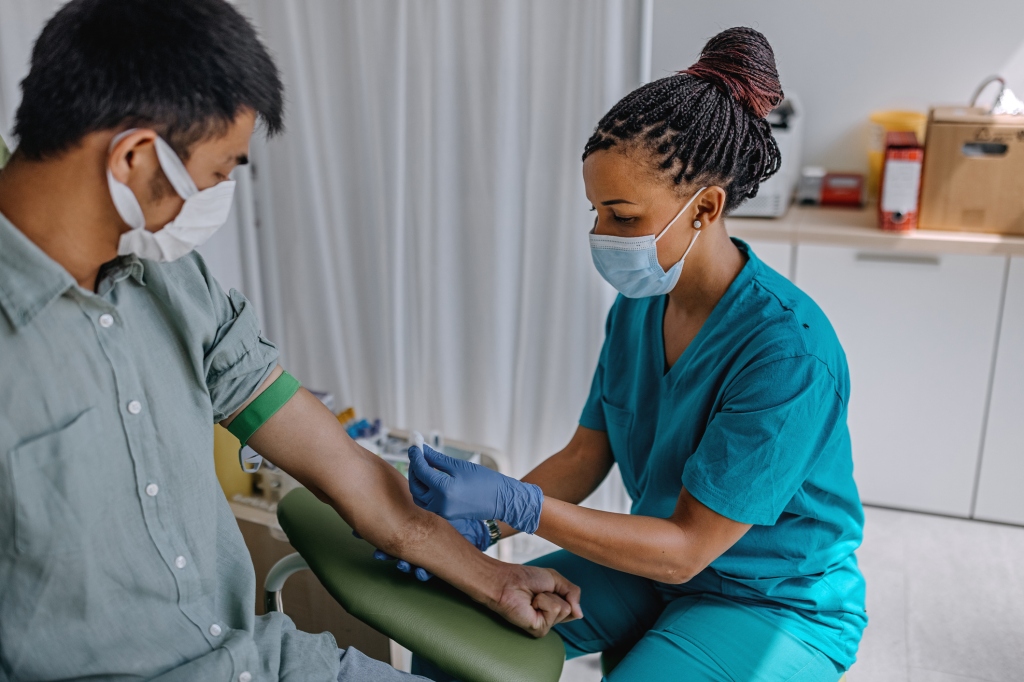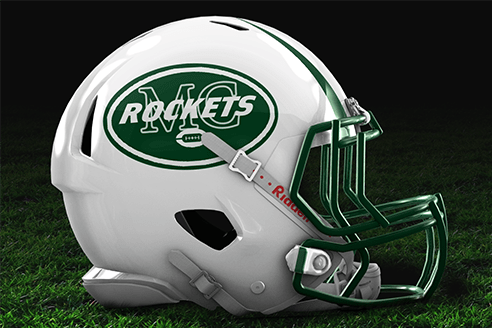
The beleaguered healthcare REIT has made itself a less risky stock.
Medical Properties Trust’s earnings were a surprise.
The company has sold off properties to cut down on debt.
Its funds from operations and revenue fell a great deal, year over year.
Medical Properties Trust (NASDAQ: MPW) is one of the largest healthcare real estate investment trusts (REITS). It owns 437 properties, mostly acute-care hospitals, including roughly licensed hospital 43,000 beds across 54 companies in the U.S., United Kingdom, Switzerland, Germany, Spain Finland, Colombia, Italy and Portugal.
The REIT has seen its shares plummet this year by more than 55%. Some of the company’s tenants have struggled to pay rent and with declining funds from operation (FFO), the company trimmed its dividend by nearly half this past summer.
Healthcare REITs are considered a good growth option because spending on healthcare is expected to continue to rise, particularly due to the aging of our population. However, one problem all REITs are fighting right now is the impact of high interest rates and Medical Properties Trust hasn’t been immune from that impact.
REITs rely on borrowing to buy and develop real estate, so they are ultrasensitive to rising interest rates. The spread between what they pay for loans for real estate and what they gain from charging rent on such properties narrows during periods of high interest rates. The other problem is high interest rates give investors more options for high-yielding investments, such as government or corporate bonds, and many of those investments offer less risk than REITs.
Here are three flags and one red flag that investors should pay attention to before investing in Medical Properties Trust:
Green flag No. 1: Better-than-expected earnings news
Medical Properties Trust reported third-quarter earnings on Oct. 26, and they were a pleasant surprise, partly because expectations among analysts were low. Normalized funds from operations (NFFO) per share, a better metric for REITs than earnings per share (EPS), came in at $0.38, compared to analyst estimates of $0.36.
The company also boosted its yearly guidance for annual NFFO per share of between $1.56 and $1.58. That contrasts with an analysts’ consensus of $1.55 and the company’s own earlier forecast of between $1.53 and $1.57.
Two of the company’s struggling tenants appear to be in better shape and that’s good for Medical Properties Trust. The company said that it expects its largest tenant, Steward, will be able to satisfy its rent obligations over the full term of its leases, given Steward’s current level of profitability at those hospitals.
It also said that Prospect resumed $3 million in rent payments in September and October and is expected to pay rent due each month through February. Prospect will also pay full rent on its California portfolio at an interest rate of 8%, beginning in March.
The news was positive enough that the stock jumped more than 11% the day earnings were released. Even with the jump, though, the stock is far closer to its 52-week low than its 52-week high.
Green flag No. 2: All about being liquid
Medical Properties Trust did several things to improve its financial position going forward. So far, some of the moves are already paying off as it reduced its net debt to $9.5 million in the second quarter, down 16%, year over year.
First, the company has been selling off assets. In the third quarter, it sold three hospitals to Prime Healthcare for roughly $100 million. Since the quarter ended, it has sold off four properties in Australia for AUD $470 million, (roughly $297 million). The company also said it plans to sell seven properties back to a tenant in 2024.
In addition, Medical Properties Trust said it is looking into limited secured debt financing options that would raise roughly $2 billion over the next year.
Green flag No. 3: Even after a cut, the dividend offers a high yield
A lot of investors headed to the exits when the company cut its quarterly dividend from $0.29 to $0.15 in August, the first time it has trimmed its dividend since during the Great Recession in 2008. The company really had no choice because its payout ratio was above 100% at the time, clearly unsustainable.
Even at its current lower dividend, the yield is a tick above 11%, more than double the NAREIT healthcare REIT average of 5.12% and nearly seven times above the S&P 500 average dividend yield of 1.62. On top of that, the company has made solid strides to prevent the need for an additional dividend cut. As of the second quarter, the company’s AFFO payout ratio is right at 50%.
Red flag No. 1: Better than expected is not the same as better
Compared to the same period last year, nearly every metric was worse in the third quarter. Medical Properties Trust reported revenue of $306.5 million, down 14.9%, year over year. Funds from operations (FFO) per share fell to $0.36, compared to FFO per share of $0.42 in the same period last year and adjusted FFO was $0.30, down 16.6%, year over year.
The company has retrenched in a push to be more profitable, but that also means fewer funds to grow its business in an era of higher interest rates.





 No. 2 St. John’s College (Washington, D.C.) will get another big test this Saturday as the Cadets play host to No. 6 Miami Central (Miami). St. John’s is 3-0 following its 42-7 win at Hoover, Ala. The Rockets are 2-0, but have struggled in the first half in both wins, something they will not be able to afford to do at St. John’s.
No. 2 St. John’s College (Washington, D.C.) will get another big test this Saturday as the Cadets play host to No. 6 Miami Central (Miami). St. John’s is 3-0 following its 42-7 win at Hoover, Ala. The Rockets are 2-0, but have struggled in the first half in both wins, something they will not be able to afford to do at St. John’s.